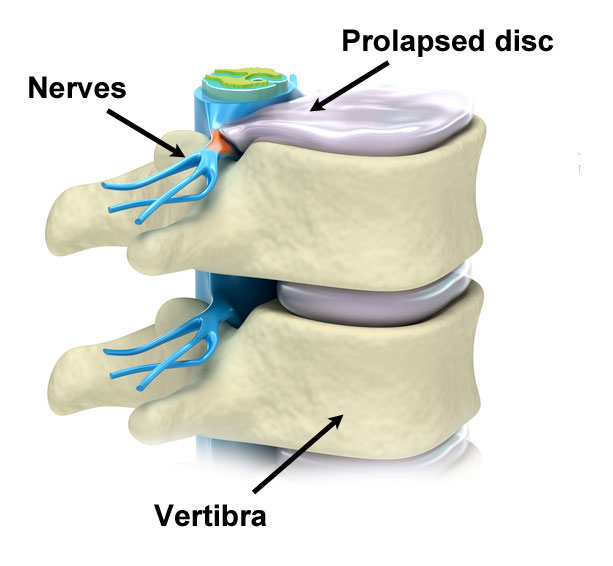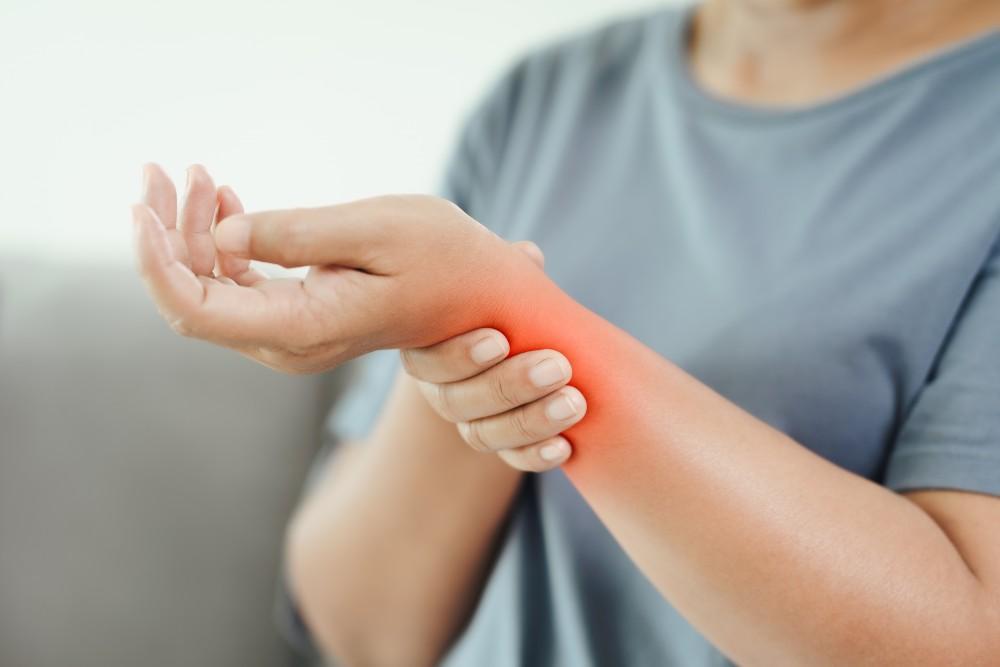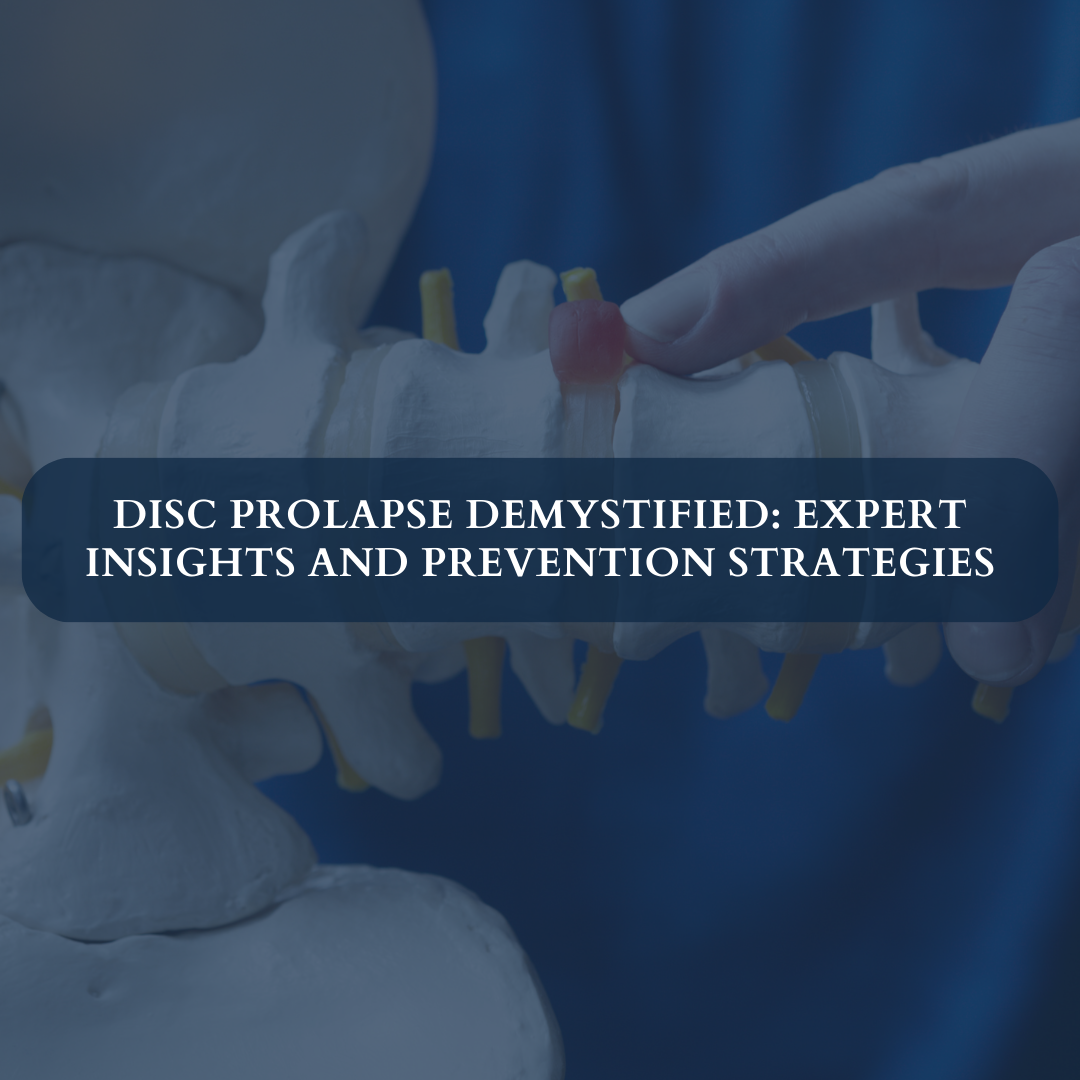A prolapsed disc, commonly known as a herniated or slipped disc, is a condition that can lead to significant pain and discomfort. It occurs when the inner gel-like core of a spinal disc protrudes through a tear in the outer layer, often pressing on nearby nerves. Understanding the causes of a prolapsed disc is essential for prevention and management. In this article, we will explore the various factors contributing to this condition, the associated symptoms, risk factors, and effective treatment options.
Anatomy of the Spine
To better understand what causes a prolapsed disc, it’s essential to have a basic understanding of the anatomy of the spine. The spine consists of a series of vertebrae separated by intervertebral discs that act as shock absorbers. Each disc has two main parts:
- Nucleus Pulposus: The soft, gel-like center of the disc.
- Annulus Fibrosus: The tough outer layer that encases the nucleus.
A prolapsed disc occurs when the annulus fibrosus weakens or tears, allowing the nucleus pulposus to bulge or herniate outwards. This can compress spinal nerves, leading to pain and other neurological symptoms.
Common Causes of a Prolapsed Disc
1. Age-Related Degeneration
One of the primary causes of a prolapsed disc is age-related degeneration. As we age, the intervertebral discs undergo natural wear and tear. The water content within the discs decreases, leading to reduced disc height and elasticity. This degeneration makes discs more susceptible to herniation.
2. Trauma and Injury
Injuries resulting from accidents, falls, or sports activities can cause a prolapsed disc. Sudden, forceful movements—such as lifting heavy objects improperly or twisting the spine awkwardly—can put excessive pressure on the discs and lead to tears in the annulus fibrosus.
3. Repetitive Stress
Engaging in activities that place repetitive stress on the spine can contribute to disc herniation. Jobs or sports that require heavy lifting, prolonged sitting, or twisting motions can strain the discs over time. For instance, athletes involved in contact sports or manual laborers are at a higher risk due to the physical demands placed on their spines.
4. Poor Posture
Maintaining poor posture, particularly during long periods of sitting or standing, can increase the risk of developing a prolapsed disc. Slouching or leaning forward places undue stress on the spine, leading to disc degeneration and potential herniation.
5. Obesity
Excess body weight can exert additional pressure on the spinal discs. Obesity increases the load on the spine and can accelerate the degeneration of the discs, making them more prone to herniation.
6. Genetic Predisposition
Genetics can play a role in an individual’s susceptibility to a prolapsed disc. Some people may inherit a predisposition to spinal conditions, including weakened disc structure or a family history of disc-related issues.
7. Smoking
Smoking has been linked to various health issues, including spinal problems. It reduces blood flow to the discs, impairing their ability to repair and maintain health. This decreased blood flow can accelerate disc degeneration and increase the likelihood of herniation.
8. Sedentary Lifestyle
A lack of physical activity can weaken the muscles that support the spine. Strong core and back muscles are essential for maintaining proper spinal alignment and reducing stress on the discs. A sedentary lifestyle can lead to muscle atrophy and increased vulnerability to disc injuries.
9. Physical Conditions
Certain physical conditions can contribute to the risk of a prolapsed disc. Conditions such as osteoporosis can weaken the bones and make them more susceptible to fractures and injuries, potentially leading to disc herniation.
Symptoms of a Prolapsed Disc
The symptoms of a prolapsed disc can vary depending on the location and severity of the herniation. Common symptoms include:
- Pain: Localized pain in the back or neck, which may radiate to the arms or legs (sciatica).
- Numbness or Tingling: Affected nerves may cause sensations of numbness or tingling in the extremities.
- Weakness: Muscles innervated by compressed nerves may become weak, affecting mobility.
- Limited Range of Motion: Stiffness and discomfort can restrict movement in the affected area.
When to Seek Medical Attention
If you experience severe pain, loss of bladder or bowel control, or progressive weakness in your arms or legs, it is crucial to seek medical attention immediately. These could be signs of a more serious condition requiring urgent intervention.
Risk Factors for a Prolapsed Disc
Several risk factors can increase the likelihood of developing a prolapsed disc:
- Age: Individuals over 30 are at a higher risk due to natural disc degeneration.
- Occupation: Jobs requiring heavy lifting, bending, or prolonged sitting can increase risk.
- Lifestyle Choices: Sedentary habits, poor posture, and smoking contribute to disc degeneration.
- Family History: A genetic predisposition to spinal conditions can elevate risk.
Treatment Options for Prolapsed Disc
1. Conservative Treatments
Most cases of a prolapsed disc can be managed with conservative treatments, including:
- Physical Therapy: Targeted exercises can strengthen the muscles supporting the spine and improve flexibility.
- Medications: Over-the-counter pain relievers and anti-inflammatory medications can help alleviate pain and reduce inflammation.
- Heat and Cold Therapy: Applying heat or ice to the affected area can provide relief from pain and discomfort.
- Rest: Taking time off from activities that exacerbate symptoms can aid recovery.
2. Injections
If conservative treatments do not provide sufficient relief, corticosteroid injections may be recommended. These injections can reduce inflammation around the affected nerves and provide temporary pain relief.
3. Surgery
In cases where conservative treatments fail or when neurological symptoms worsen, surgery may be necessary. Surgical options include:
- Discectomy: Removal of the protruding portion of the disc to relieve pressure on the affected nerve.
- Laminectomy: Removal of a portion of the vertebra to create more space for the spinal cord and nerves.
- Spinal Fusion: Joining two or more vertebrae to stabilize the spine after disc removal.
Preventive Measures for a Healthy Spine
Taking proactive steps can help prevent the occurrence of a prolapsed disc:
- Maintain a Healthy Weight: Staying within a healthy weight range reduces stress on the spine.
- Exercise Regularly: Engage in regular physical activity to strengthen core and back muscles.
- Practice Good Posture: Be mindful of posture while sitting, standing, and lifting. Use ergonomic furniture when necessary.
- Stay Hydrated: Proper hydration supports disc health by maintaining their water content.
- Avoid Smoking: Quitting smoking can improve overall health and reduce the risk of spinal issues.
Conclusion
A prolapsed disc can lead to significant pain and discomfort, impacting daily life. Understanding the various causes—ranging from age-related degeneration and trauma to lifestyle factors—can help in prevention and management. If you experience symptoms of a prolapsed disc, seek medical advice to explore effective treatment options tailored to your specific needs. By adopting preventive measures and maintaining a healthy lifestyle, you can protect your spine and reduce the risk of future disc issues.





